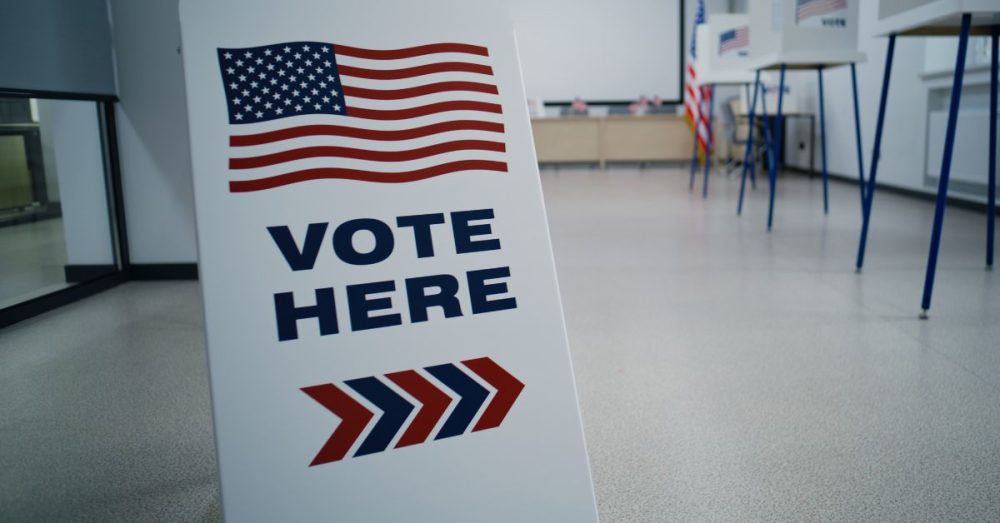As the race for the White House heats up, attention shifts toward the 270 electoral votes needed to clinch victory.
In the U.S., winning the presidency depends not on the popular vote alone but on the Electoral College. This system assigns a specific number of electors to each state based on congressional representation. That representation is based on each state’s population.
As Election Day approaches, both candidates — Vice President Kamala Harris and former President Donald Trump — are focusing heavily on battleground states where these crucial votes will be decided.
The Electoral College includes 538 electors, with 270 required to win the presidency.
Each state receives electoral votes equivalent to its members in Congress — one for each representative in the U.S. House, plus two for its senators. Washington, D.C., though not a state, holds three electoral votes.
Most states follow a winner-take-all model, awarding all electoral votes to the candidate with the most popular votes. However, Maine and Nebraska use the “congressional district method,” splitting some votes between districts.
States with the highest number of electoral votes hold significant influence in determining the election outcome; however, they are infrequently swing states, as the likely winner is often a foregone conclusion.
For example, deep blue California leads with 54 electoral votes, followed by Texas with 40, Florida with 30, and New York with 28.
Swing states, where election results are up for grabs, include states like Pennsylvania (19 votes) and Georgia (16 votes).
Following the 2020 census, electoral votes have shifted, reflecting population changes across the country.
For example, Texas gained two additional votes, bringing its total to 40, while states like Florida, Colorado, and Montana also saw increases. In contrast, several states, including California, Michigan, and New York, lost one vote each, illustrating how demographic trends influence political power.
Smaller states like Vermont, Wyoming, and Alaska have only three electoral votes each, but they can still play a pivotal role in close elections.
As history has shown, candidates must carefully strategize their campaigns, balancing visits to large electoral states with efforts in smaller but strategically significant regions. The margin of victory in the Electoral College is often razor-thin, making every vote count in the final tally.
While the Electoral College has been criticized for occasionally producing winners who lost the popular vote, it remains the decisive factor in U.S. presidential elections.


